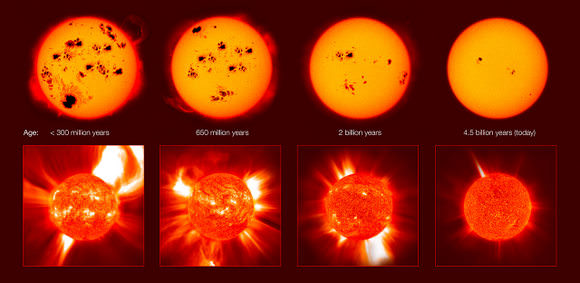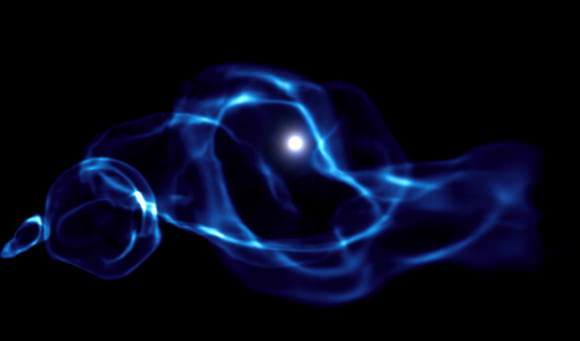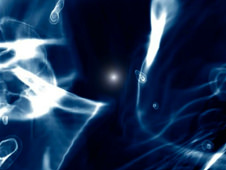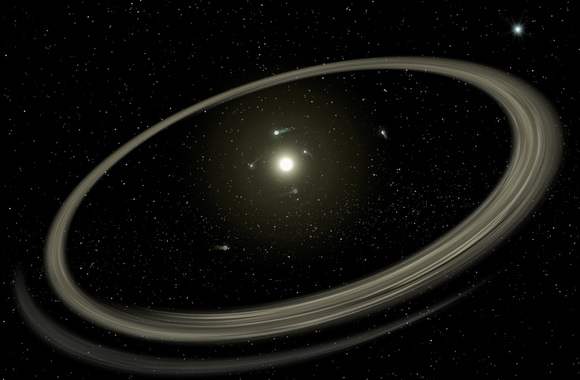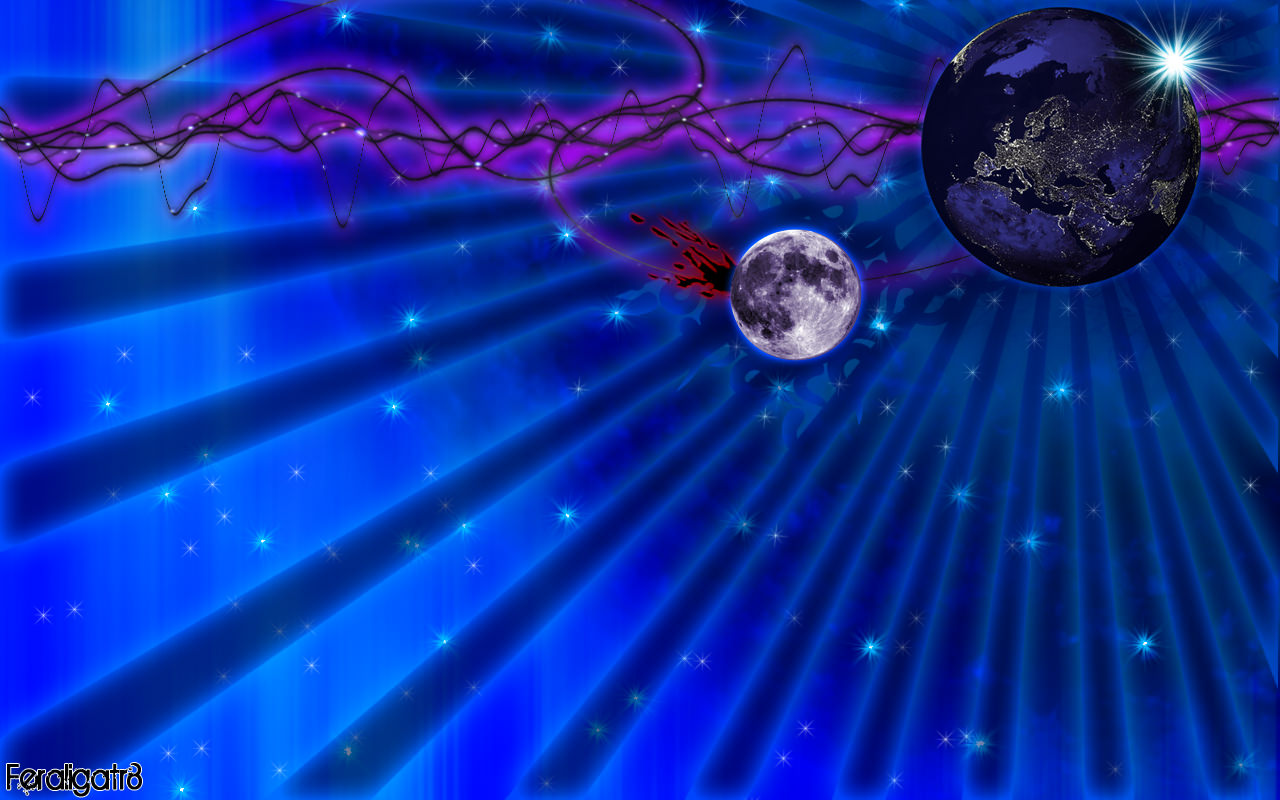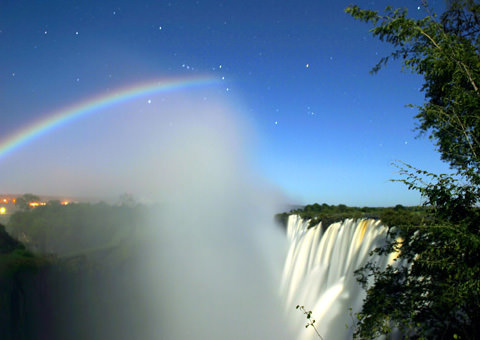[/caption]
Within hours, the peak of the annual Perseid meteor shower will begin. If you’re worried you’ll be clouded out, then let’s take a look at a different way that you can observe the activity… without your eyes!
Did you know that you can “listen” to meteor showers? If you’re a ham radio operator, then you prize the ionized trails that meteors leave in our atmosphere to allow further signals to “bounce” to more distant receivers. However, you don’t really need complicated equipment to listen to a meteor shower – just an FM receiver and an external antenna. Even your car radio will work!
Place your radio setting on the lowest frequency that doesn’t receive a clear signal and simply listen to the static. When a meteor passes overhead you’ll hear snatches of radio signals from distant stations, pops, buzzes, pings, shrieks, howls, and simple changes in the white noise. Sometimes it’s subtle – and sometimes it’s striking. One thing is for sure, the noises you hear are definitely out of this world! Your equipment can run the gambit from connecting a genuine outdoor FM antenna to an indoor receiver and recording with a tape deck for later playback, to a portable radio. I’ve even used an old television set connected to an outdoor television antenna tuned to channel 3. It’s all fun – and the results are amazing. Here are the dates for the 2009 Perseids.
 To open the public’s eyes to just how easy radio meteor listening can be, astrophysicist Chris Lintott will be doing a presentation live in Trafalgar Square on August 14th, 19-20h BST. Chris is a co-presenter of the BBC’s “The Sky at Night” astronomy programme, and is a lecturer at University College London and the project he’s about to take part in is very unique… The Fourth Plinth.
To open the public’s eyes to just how easy radio meteor listening can be, astrophysicist Chris Lintott will be doing a presentation live in Trafalgar Square on August 14th, 19-20h BST. Chris is a co-presenter of the BBC’s “The Sky at Night” astronomy programme, and is a lecturer at University College London and the project he’s about to take part in is very unique… The Fourth Plinth.
This summer, sculptor Antony Gormley has invited the world to help create an astonishing living monument. He is asking the people of the UK to occupy the empty Fourth Plinth in Trafalgar Square in London, a space normally reserved for statues of Kings and Generals. They will become an image of themselves, and a representation of the whole of humanity. Every hour, 24 hours a day, for 100 days without a break, a different person will make the Plinth their own.
Because of the appalling levels of light pollution in London, Lintott remembered a radio-meteor demonstration given by Andy Smith of G7IZU Radio Reflection Detection and his friend David Entwistle for “The Sky at Night” a couple of years ago, and wanted to do something along those lines. Since no power or wiring are allowed on the Plinth, Chris will be utilizing a recording done by Andy beginning tonight… a talent he’s quite good at! For every hour from midnight on, G7IZU Radio Reflection Detection will be recording the Perseid event and sending Chris the most active hours as MP3 files. He’ll then play these
to the masses over an amplified speaker while holding up photos of how it all works.
If you’re interested in the live radio-meteor/astronomy demonstration, you can access a live video of the Fourth Plinth – and be sure to join them on August 14th, 19-20h BST for Chris Lintott’s presentation!




